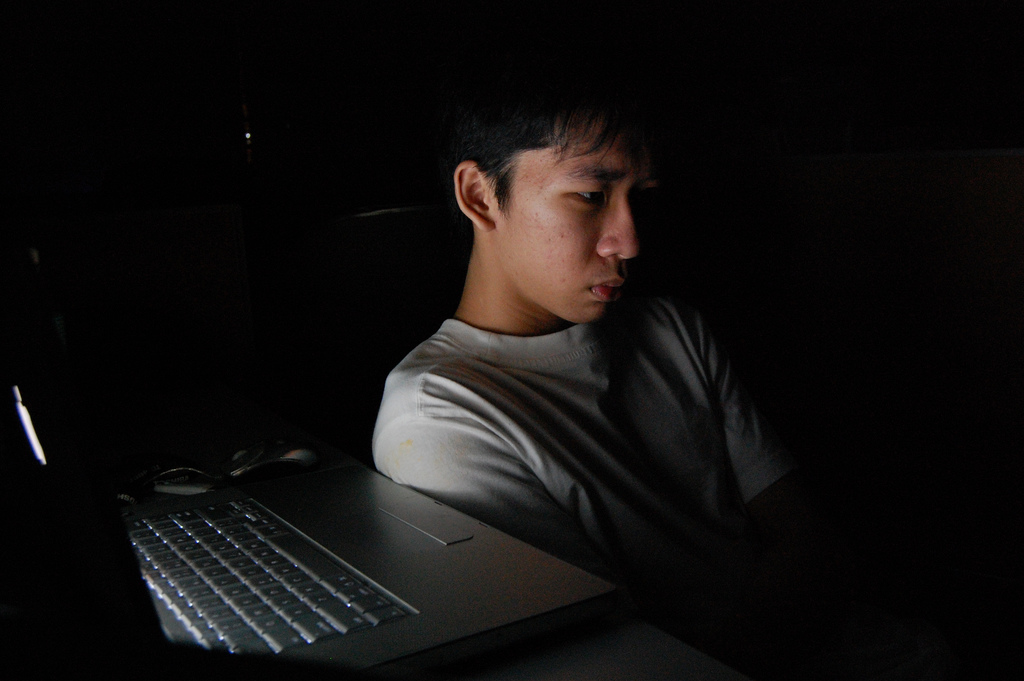Harassment via the internet, which includes “cyber bullying” and “cyber stalking,” is a recent phenomenon that has engulfed society with the advent of the internet, media and technology. More and more people, especially younger persons are using social networking sites.
The term “cyber bullying” can be defined as the use of the internet, cell phones and other electronic devices with the intention of hurting or embarrassing other persons. This includes harassing persons via email, posting embarrassing photos online and ridiculing them on chat rooms.
Students of the Hugh Wooding Law School Human Rights Law Clinic were each given the opportunity to write an article for the he “Law Made Simple” column in the Trinidad Guardian newspaper. These topics ranged from analysis of specific legislation, to general legal concepts. The aim of this exercise was to teach the students how to write about complex legal issues, for the average newspaper reader.
The articles were edited by the Clinic’s coordinator Mr. Jason Nathu, and will appear in the Trinidad Guardian over the next few months.
Gina Maharaj examined the issue of harassment on the internet, and the concept of ‘cyber bullying‘, which now affects school aged children across the globe:
Harassment via the internet is unlawful and is a crime. It is no laughing matter as the consequences of such an offence under the law are very serious. It is important to recognise that something sent electronically can never be entirely removed.
There are far reaching consequences for persons charged with such an offence. Section 30A of The Offences Against The Person Act Chap 11:08states that “harassment” of a person includes alarming the person or causing the person distress by engaging in a course of conduct such as:-
- making visual recordings of the person;
- making contact with the person whether by gesture, directly or verbally, by telephone, computer post or in any other way;
- giving offensive material to a person, or leaving it where it will be found by, given to, or brought to the attention of the person; and
- acting in any other way that could reasonably be expected to alarm or cause the person distress.
The Act states that a person found in conduct which amounts to harassment of another person is guilty of an offence and is liable on conviction to a fine of $2,000 and to imprisonment for six months. The Act further states that persons accused of conduct amounting to an offence under section 30A which causes other persons to fear that violence will be used against them are liable on conviction to a fine of $10,000 and to imprisonment for five years, or to a fine of $5,000 and to imprisonment for six months.
The Telecommunications Act No. 4 of 2001 states that a person has committed an offence where, by means of any telecommunications service, sends communication that is false or misleading and that is likely to endanger the safety of another person. Persons under this Act on conviction are liable to a fine of $100,000 and imprisonment for three years.
Teachers also have a responsibility to ensure that students refrain from harassing others through the internet. The Education Act Chap 39:01states that Principals of schools are responsible for discipline and may suspend students who are considered dangerous to other pupils.
Although laws directly governing harassment via the internet are not yet in existence in Trinidad and Tobago, it is important to recognise that mechanisms have been established to deal with the offence. Together with the laws above that deal generally with harassment, the Cyber Crime Unit established in 2008 within the Police Service specifically targets this area. Approval has also been obtained for a National Cybercrime Policy, and there has been the drafting of a Cyber Crime Bill, which aims at criminalizing computer related offences.




